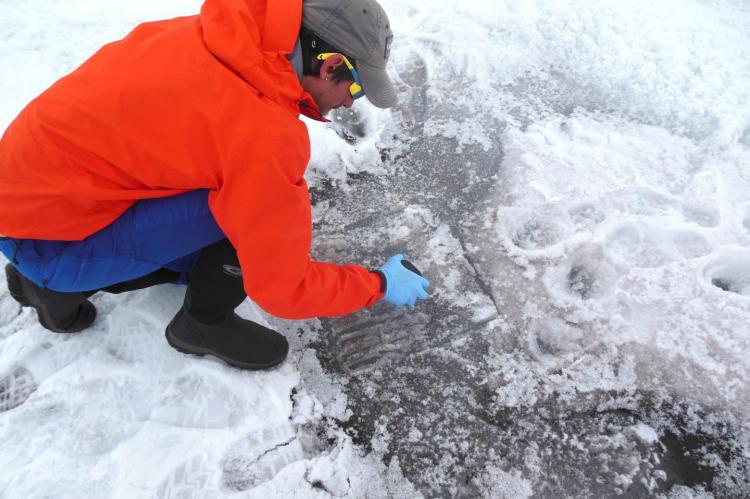Algae growth plays a part in Greenland ice melting
A new study has highlighted the contribution of algal growth in the rate of ice melt of the Greenland ice sheet.
It is natural for algae to grow on the Greenland ice sheet. However, warmer weather has led to an increase in algal growth, contributing to the darkening of the ice sheet.
This in turn makes the ice sheet less reflective of sunlight and the ice thus absorbs more of the sun’s heat, and this subsequently leads to a higher rate of melting of the ice sheet. In fact, according to lead author Jason Box, a climatologist at The Geological Survey of Denmark and Greenland, the absorption of sunlight is responsible for most of the ice melt in Greenland.
Of course, there are other factors that also contribute to the darkening of the ice sheet, such as mineral dust and black carbon. However, according to researchers from the American Geophysical Union, who spent the summer of 2014 on the ice quantifying the algae’s contribution to the darkening effect, it is algal growth that contributes more to the ice sheet melting.
They used portable spectrometers and albedometers to measure the reflectivity spectrum of the bare ice surface, the researchers also collected samples of surface ice and used a field microscope to characterize the algae and count the number of algal cells in every sample. The relationship between algal growth and the amount of light being reflected off the ice sheet surface was also analysed.
The findings of their research, which was published in Geophysical Research Letters, concluded that the ice sheet reflected less light as the algal population grew. It stated that algal darkening was responsible for five to ten percent of the total ice sheet melt every summer, and contributes more to its melting than dust or black carbon.
“As the climate warms, the area that the algae can grow in will expand, so they'll colonise more of the ice sheet," said lead author Marek Stibal, a cryosphere ecologist at Charles University in Prague, Czech Republic. "Additionally, the growing season will lengthen, so the contribution of algae to melting of the ice will probably increase over time."
He added that the results can lay the groundwork to devise more accurate projections of sea level rise scenarios due to melting ice from Greenland and other ice sheets.


